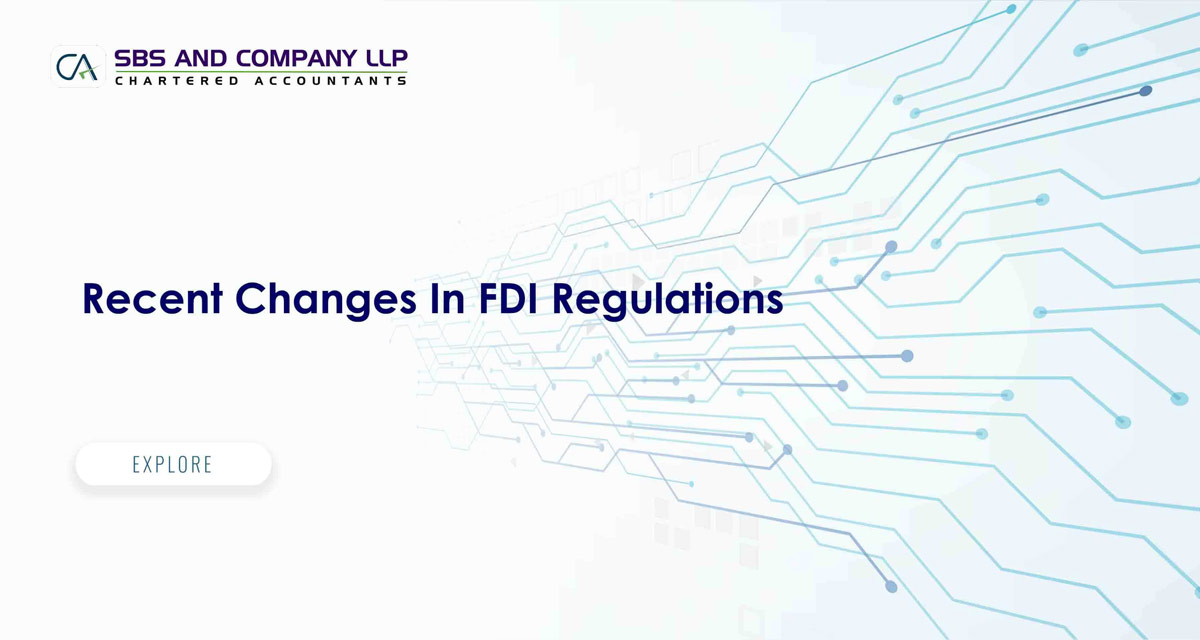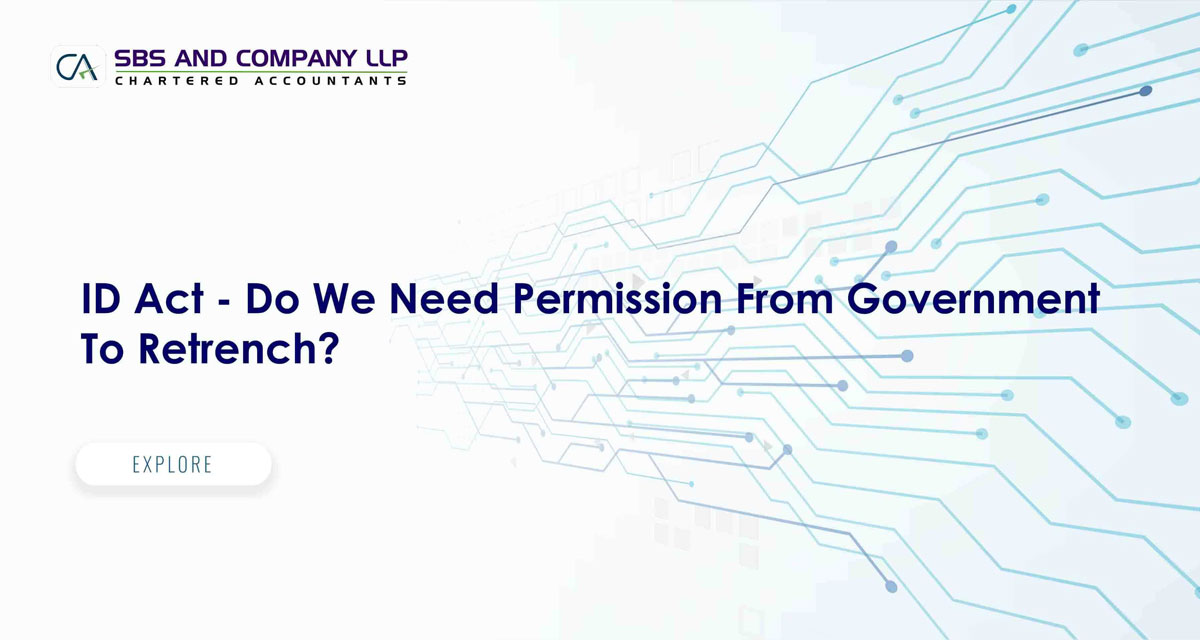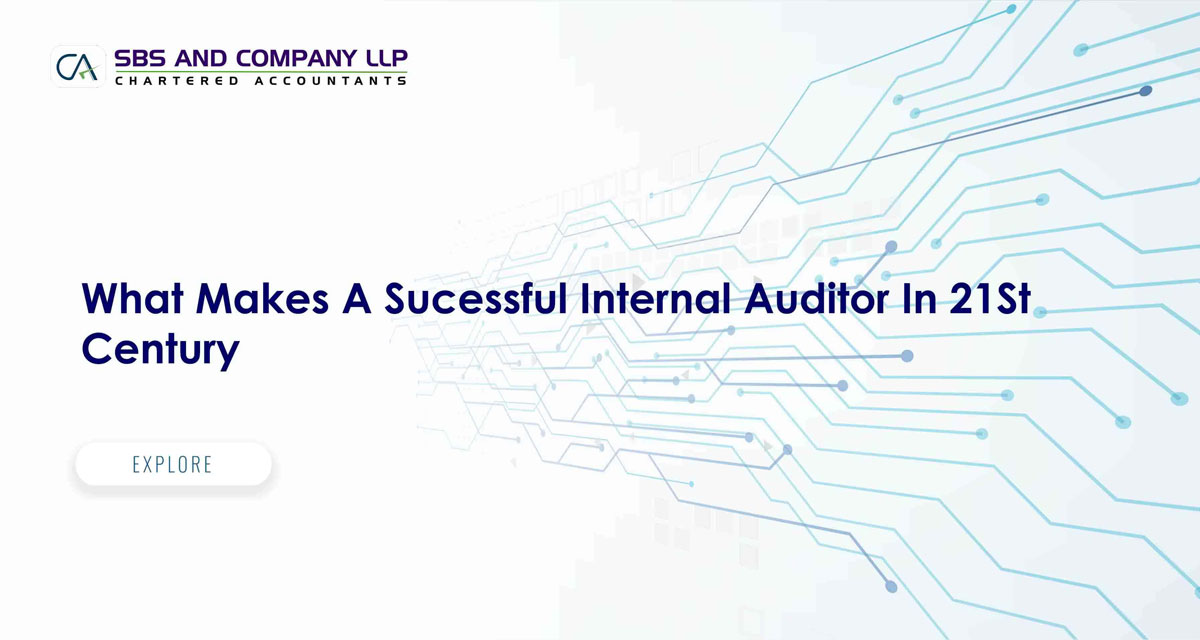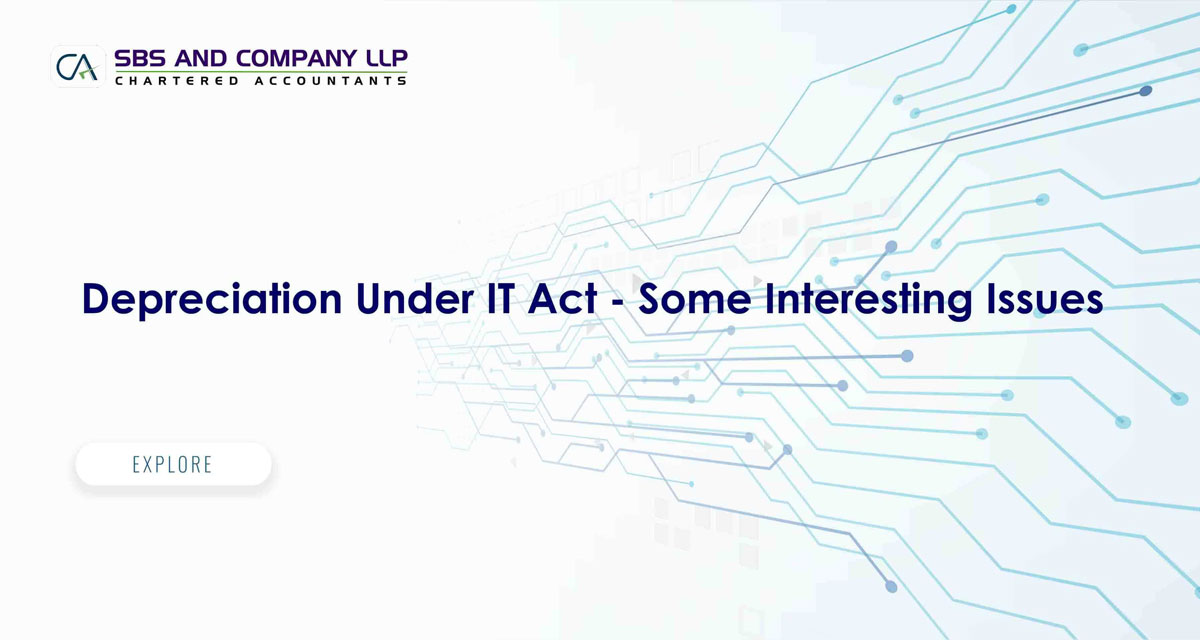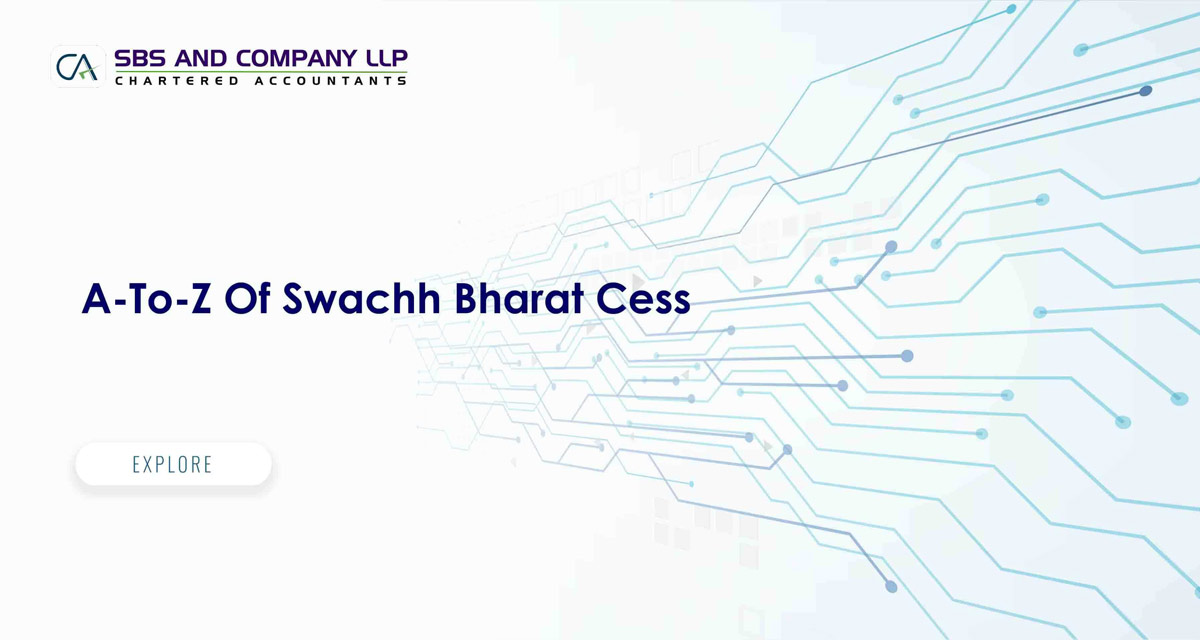In continuation of its thrust on liberalising the economy, bringing more funds into India and creating employment, the Central Government has announced key amendments in the FDI policy. The amendments have been announced by Press Release dated 12th November, 2015 followed by Press Note No. 12/2015, dated 24th November, 2015
To further boost this entire investment environment and to bring in foreign investments in the country, the Government has brought in FDI related Reforms and liberalisation touching upon 15 major Sectors of the Economy. The salient measures are:
Limited Liability Partnerships, downstream investment and approval conditions. Investment by companies owned and controlled by Non-Resident Indians (NRIs) Establishment and transfer of ownership and control of Indian companies
Agriculture and Animal Husbandry
- Plantation
- Mining and mineral separation of titanium bearing minerals and ores, its value addition and integrated activities
- Defence
- Broadcasting Sector
Civil Aviation
- Increase of sectoral cap
- Construction development sector
- Cash and Carry Wholesale Trading / Wholesale Trading (including sourcing from MSEs)
- Single Brand Retail Trading and Duty free shops
- Banking-Private Sector; and
- Manufacturing Sector
The Crux of these reforms is to further ease, rationalise and simplify the process of foreign investments in the country and to put more and more FDI proposals on automatic route instead of Government route where time and energy of the investors is wasted. It is one more proof of minimum government and maximum governance. Further refining of foreign investments in key Sectors like Construction where 50 million houses for poor are to be built. Opening up the manufacturing Sector for wholesale, retail and E - Commerce so that the Industries are motivated to Make In India and sell it to the customers here instead of importing from other countries. The proposed reforms also enhance the limit of Foreign Investment Promotion Board (FIPB) from current Rupees Three thousand crores to Five thousand crores. The proposal also contains many other long pending corrections including those being felt by the limited liability partnerships as well as NRI owned Companies who seem motivated to invest in India. Few other proposals seek to enhance the sectoral Caps so that foreign investors do not have to face fragmented ownership issues and get motivated to deploy their resources and technology with full force.
With this round of Reforms, the Government has demonstrated that India is unstoppable on the path of Economic Development. Prime Minister has reiterated that Economic Wellbeing of the people of India is the main Task before him. It is also clear that India is a Country which is more than ready to integrate with the Global Economy because it feels that the Fruits of Development will reach to the common man only if there is Development. Above all every citizen in all nooks and corners must have a stake.
Details of these changes are given in the following paragraphs.
1. Radical Changes in FDI Regime in Construction Development Sector
Following changes have been made in the FDI policy on Construction Development sector:
- Conditions of area restriction of floor area of 20,000 sq. mtrs in construction development projects and minimum capitalization of US $ 5 million to be brought in within the period of six months of the commencement of business, have been removed.
- Each phase of the construction development project would be considered as a separate project for the purposes of FDI policy.
iii. A foreign investor will be permitted to exit and repatriate foreign investment before the completion of project under automatic route, provided that a lock-in-period of three years, calculated with reference to each tranche of foreign investment has been completed. Further, transfer of stake from one non-resident to another non-resident, without repatriation of investment will neither be subject to any lock-in period nor to any government approval. Nonetheless, exit is permitted at any time if project or trunk infrastructure is completed before the lock-in period.
- FDI is not permitted in an entity which is engaged or proposes to engage in real estate business, construction of farm houses and trading in transferable development rights (TDRs). Real Estate Business will mean as 'dealing in land and immovable property with a view to earning profit therefrom and does not include development of townships, construction of residential/ commercial premises, roads or bridges, educational institutions, recreational facilities, city and regional level infrastructure, townships. Further, earning of rent/ income on lease of the property, not amounting to transfer, will not amount to real estate business.'
- Condition of lock-in period will not apply to Hotels &Tourist Resorts, Hospitals, Special Economic Zones (SEZs), Educational Institutions, Old Age Homes and investment by NRIs.
- 100% FDI under automatic route is permitted in completed projects for operation and management of townships, malls/ shopping complexes and business centres. Consequent to foreign investment, transfer of ownership and/or control of the investee company from residents to non-residents is also permitted. However, there would be a lock-in-period of three years, calculated with reference to each tranche of FDI, and transfer of immovable property or part thereof is not permitted during this period.
vii. "Transfer", in relation to FDI policy on the sector, includes,‑
(a) the sale, exchange or relinquishment of the asset ; or
(b) the extinguishment of any rights therein ; or
(c) the compulsory acquisition thereof under any law ; or
|
any transaction involving the allowing of the possession of any immovable property to be taken or retained in part performance of a contract of the nature referred to in section 53A of the Transfer of Property Act, 1882 (4 of 1882) ; or any transaction, by acquiring shares in a company or by way of any agreement or any arrangement or in any other manner whatsoever, which has the effect of transferring, or enabling the enjoyment of, any immovable property. |
|
- Foreign Investment in Defence Sector up to 49% Under Automatic Route
As per extant FDI policy in the Defence Sector, foreign investment up to 49% is permitted under Government approval route. Foreign investment above 49% is also permitted, subject to approval of Cabinet Committee on Security (CCS) on case to case basis, wherever the investment is likely to result in access to modern and 'state-of-art' technology in the country. Portfolio investment and investment by FVCIs is restricted to 24% only. In this regard, the following changes have inter-alia been brought in the FDI policy on this sector:
- Foreign investment up to 49% will be under automatic route.
- Portfolio investment and investment by FVCIs will be allowed up to permitted automatic route level of 49%.
Proposals for foreign investment in excess of 49% will be considered by Foreign Investment Promotion Board (FIPB).
- In case of infusion of fresh foreign investment within the permitted automatic route level, resulting in change in the ownership pattern or transfer of stake by existing investor to new foreign investor, Government approval will be required.
- New Sectoral Caps & Entry Routes in Broadcasting Sector FDI policy on Broadcasting sector has also been amended. New sectoral caps and entry routes are as under:
Sector/Activity
6.2.7.1.1
- Teleports(setting up of up-linking H U Bs/Teleports);
- Direct to Home (DTH);
- Cable Networks (Multi System operators (MSOs) operating at National or State or District level and undertaking upgradation of networks towards digitalization and addressability);
- Mobile TV;
- Headend-in-the Sky Broadcasting Service(H ITS)
6.2.7.1.2 Cable Networks (Other MSOs not undertaking upgradation of networks towards digitalization and addressability and Local Cable Operators (LCOs))
6.2.7.2 Broadcasting Content Services
6.2.7.2.1 Terrestrial Broadcasting FM (FM Radio),
6.2.7.2.2 Up-linking of 'News & Current Affairs' TV Channels
6.2.7.2.3 Up-linking of Non-'News & Current Affairs' TV Channels 100%
Down-linking of TV Channels Automatic route
4. Full Fungibility of Foreign Investment Permitted in Banking- Private Sector
Government has decided to introduce full fungibility of foreign investment in Banking-Private sector. Accordingly, FIIs/FPIs/QFIs, following due procedure, can now invest up to sectoral limit of 74%, provided that there is no change of control and management of the investee company
5. 100% Foreign Investment Permitted in Coffee/Rubber/Cardamom/Palm Oil & Olive Oil Plantations
As per the present FDI policy on the Plantation sector, only tea plantation is open to foreign investment. In line with this sector, the government has decided to open certain other plantation activities namely; coffee, rubber, cardamom , palm oil tree and olive oil tree plantations also for 100% foreign investment. Foreign investment in the plantation sector would henceforth be under automatic route.
- Investment by Companies/Trusts/Partnerships Owned & Controlled by NRIs on Non-Repatriation Basis to be Treated as Domestic Investment
Non-Resident Indians (NRIs) have special dispensation for investment in construction development and civil aviation sector. Further, investment made by Non-Resident Indians under schedule 4 of FEMA (Transfer or issue of Security by Persons Resident Outside India) Regulations is deemed to be domestic investment at par with the investment made by residents. In order to attract larger investments, which are possible through incorporated entities only, the special dispensation of NRIs has now been also extended to companies, trusts and partnership firms, which are incorporated outside India and are owned and controlled by NRIs. Henceforth, such entities owned and controlled by NRIs will be treated at par with NRIs for investment in India.
- Permitting Manufacturers to Undertake Wholesale and/or Retail, Including Through E-Commerce Without Government Approval
It has been decided that a manufacturer will be permitted to sell its product through wholesale and/or retail, including through e-commerce without Government approval.
- Review of FDI Policy Conditionalities for Single Brand Retail Trading and Permitting 100% FDI in Duty Free Shops
(i) Extant FDI policy on SBRT mandates that sourcing of 30% of the value of goods purchased would be reckoned from the date of receipt of FDI. It has now been decided that sourcing requirement has to be reckoned from the opening of first store. Further, it is seen that in certain high technology segments, it is not possible for retail entity to comply with the sourcing norms. To provide opportunity to such single brand entities, it has been decided that in case of 'state-of-art' and 'cutting-edge technology' sourcing norms can be relaxed subject to Government approval.
(ii) FDI policy on the SBRT provides that, retail trading, in any form, by means of e-commerce, would not be permissible. It has been decided that an entity which has been granted permission to undertake SBRT will be permitted to undertake e-commerce activities.
(iii) It has been clarified that Indian brands are equally eligible for undertaking SBRT. It has been decided that certain conditions of the FDI policy on the sector namely; products to be sold under the same brand internationally and investment by non-resident entity/ entities as the brand owner or under legally tenable agreement with the brand owner, will not be made applicable in case of FDI in Indian brands.
(iv) An Indian manufacturer is permitted to sell its own branded products in any manner i.e. wholesale, retail, including through e-commerce platforms. For the purposes of FDI Policy Indian manufacturer would be the investee company, which is the owner of the Indian brand and which manufactures in India, in terms of value, at least 70% of its products in house, and sources, at most 30% from Indian manufacturers. Further Indian brands should be owned and controlled by resident Indian citizens and/or companies, which are owned and controlled by resident Indian citizens.
Opening of Duty Free Shops for 100% FDI under Automatic Route
100% FDI is now permitted under automatic route in Duty Free Shops located and operated in the Customs bonded areas.
9. Permitting Same Entity to Carry Out Both Wholesale and Single Brand Retail Trading
As per the FDI policy, in wholesale cash & carry activities, 100% foreign investment is permitted under the automatic route. FDI policy on this sector further provides that a wholesale/cash & carry trader cannot open retail shops to sell to the consumer directly. It has now been decided that a single entity will be permitted to undertake both the activities of single brand retail trading (SBRT) and wholesale with the condition that conditions of FDI policy on wholesale/ cash & carry and SBRT have to be complied by both the business arms separately.
- 100% FDI in LLPs Permitted Under Automatic Route
FDI policy on Limited Liability Partnerships (LLP) has been amended to provide that investments in LLPs will not require Government approval. 100% FDI is now permitted under the automatic route in LLPs operating in sectors/activities where 100% FDI is allowed, through the automatic route and there are no FDI-linked performance conditions. Further, the terms 'ownership and 'control' with reference to LLPs have also been defined.
Downstream Investment
It has been decided that in line with companies, an LLP having foreign investment will be permitted to make downstream investment in another company or LLP in sectors in which 100% FDI is allowed under the automatic route and there are no FDI-linked performance conditions. Further, for the purposes of FDI policy, the term 'internal accruals' has also been defined.
- Opening up of FDI in Regional Air Transport Service
As per the present FDI policy, foreign investment up to 49% is allowed in Scheduled Air Transport Service/ Domestic Scheduled Passenger Airline (SOP). It has now been decided that Regional Air Transport Service (RSOP) is will also be eligible for foreign investment up to 49% under automatic route.
- Enhancing Foreign Equity Caps in Non-Scheduled Air Transport, Ground Handling Services, Satellites- establishment and operation and Credit Information Companies
Foreign Equity caps of certain sectors viz. Non-Scheduled Air Transport Service, Ground Handling Services, Satellites- establishment and operation and Credit Information Companies have now been increased from 74% to 100%. Further, sectors other than Satellites- establishment and operation have been placed under the automatic route.
- Companies without Operations Not to Require Government Approval for FDI for Undertaking Automatic Route Sector Activities
Approval requirements in respect of companies under operation have also been relaxed. It has now been decided that for infusion of foreign investment into an Indian company which does not have any operations and also does not have any downstream investments, Government approval would not be required, for undertaking activities which are under automatic route and without FDI-linked performance conditions, regardless of the amount or extent of foreign investment.
- Establishment and Transfer of Ownership and Control of Indian Companies
As per the FDI policy establishment and ownership or control of the Indian company in sectors/activities with caps requires Government approval. This provision has now been amended to provide that approval of the Government will be required if the company concerned is operating in sectors/ activities which are under Government approval route rather than capped sectors. Further no approval of the Government is required for investment in automatic route sectors by way of swap of shares.
- Simplification of Conditionalities
Certain conditions of FDI policy on Agriculture and Animal Husbandry, and Mining and mineral separation of titanium bearing minerals and ores, its value addition and integrated activities have been simplified.
16. Raising the Threshold Limit for Approval by Foreign Investment Promotion Board
As per the FDI policy Foreign Investment Promotion Board (FIPB) considers proposals having total foreign equity inflow up to Rs. 3000 crore and proposals above Rs. 3000 crore are placed for consideration of Cabinet Committee on Economic Affairs (CCEA). In order to achieve faster approvals on most of the proposals, it has been decided that the threshold limit for FIPB approval may be increased to 5000 crore.
Above amendments to the FDI Policy are meant to liberalise and simplify the FDI policy so as to provide ease of doing business in the country leading to larger FDI inflows contributing to growth of investment, incomes and employment.
This article is contributed by Partners of SBS and Company LLP - Chartered Accountant Company. You can be reached at This email address is being protected from spambots. You need JavaScript enabled to view it.


